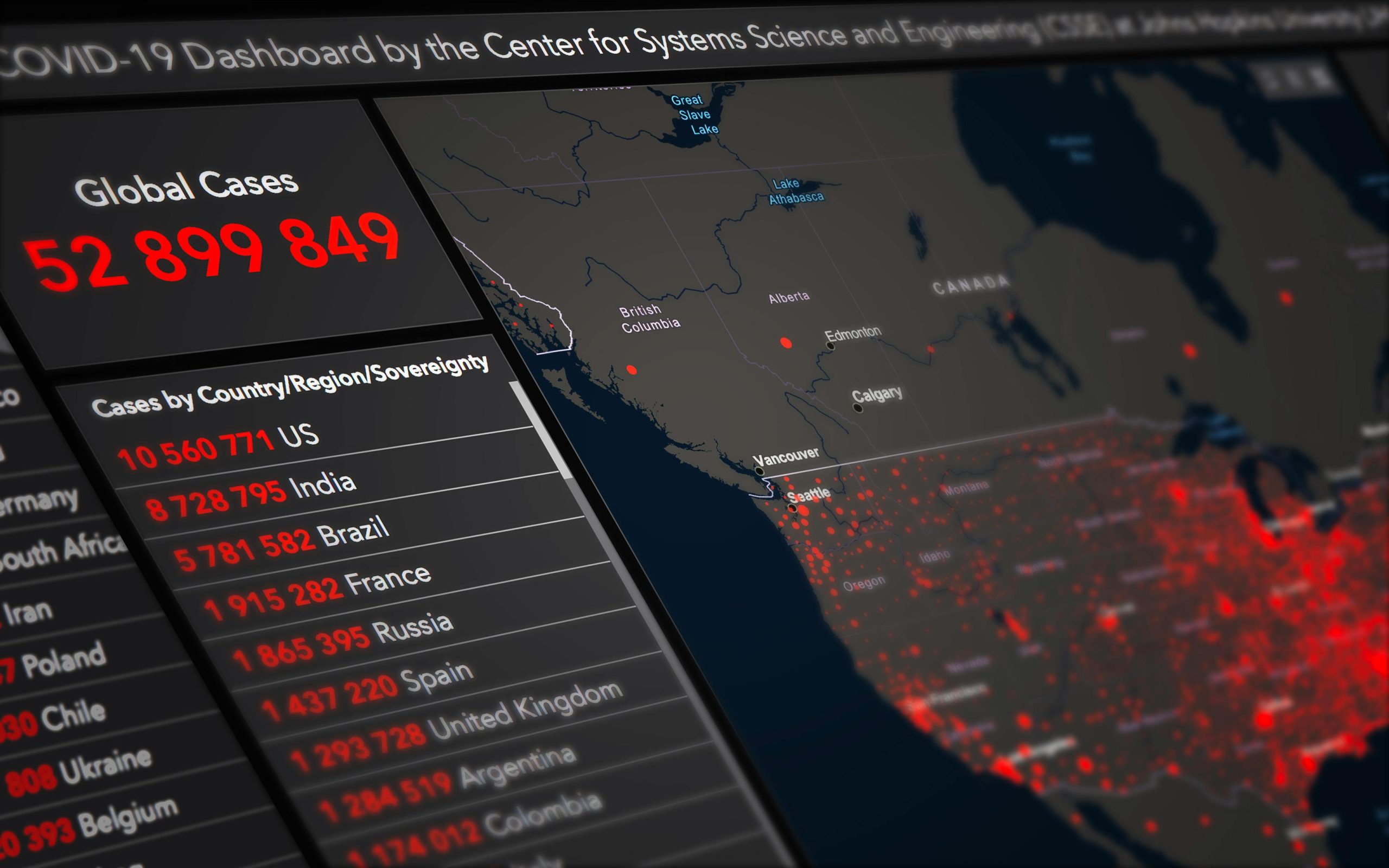Title: The Science of Earthquake Prediction: Insights and Current Developments
In recent years, the quest for effective earthquake prediction has captivated scientists and communities alike. Earthquakes, often sudden and devastating, pose a significant risk to lives and infrastructure. Although predicting the precise moment and location of an earthquake is still beyond our current capabilities, advancements in seismology are leading us closer to understanding these natural phenomena.
Understanding Earthquakes
Earthquakes occur due to the sudden release of energy in the Earth’s crust, resulting in seismic waves that can lead to ground shaking, surface rupture, and even tsunamis. Regions situated along tectonic plate boundaries are particularly susceptible to seismic activity. With millions of quakes occurring annually, researchers are committed to enhancing prediction models that can inform and prepare communities.
Current Prediction Efforts
Although it’s challenging to foresee earthquakes with certainty, researchers are exploring various methods to provide warnings. Technologies such as early warning systems are designed to detect seismic activities in real time. For instance, systems like ShakeAlert, implemented in California, can provide seconds to minutes of advance warning based on ground-sensing networks.
Moreover, scientists are studying patterns of pre-earthquake activity, including minor tremors and gas release, which may serve as indicators of an impending quake. This research is still in its infancy but shows promise in identifying potential precursors.
The Importance of Awareness and Preparedness
While the anticipation of an earthquake can be daunting, it presents an opportunity to focus on preparedness. Individuals and communities should engage in practices such as creating emergency plans, assembling disaster kits, and participating in local drills. Governments and organizations also play a crucial role by ensuring that buildings and infrastructure meet safety standards to mitigate damage during an event.
In Conclusion
Though we may not be able to predict earthquakes with pinpoint accuracy, ongoing research and technology continue to evolve, offering the potential for enhanced early warning systems. It remains vital for individuals and communities to stay informed and prepared, ensuring they can respond effectively when the earth trembles beneath their feet. By fostering awareness and resilience, we can collectively face the challenges posed by natural disasters and protect ourselves and our loved ones.
Stay tuned for further updates on earthquake prediction advancements and tips on how to prepare for seismic events in your area. Remember, knowledge is power—particularly when it comes to facing the unpredictable forces of nature.



